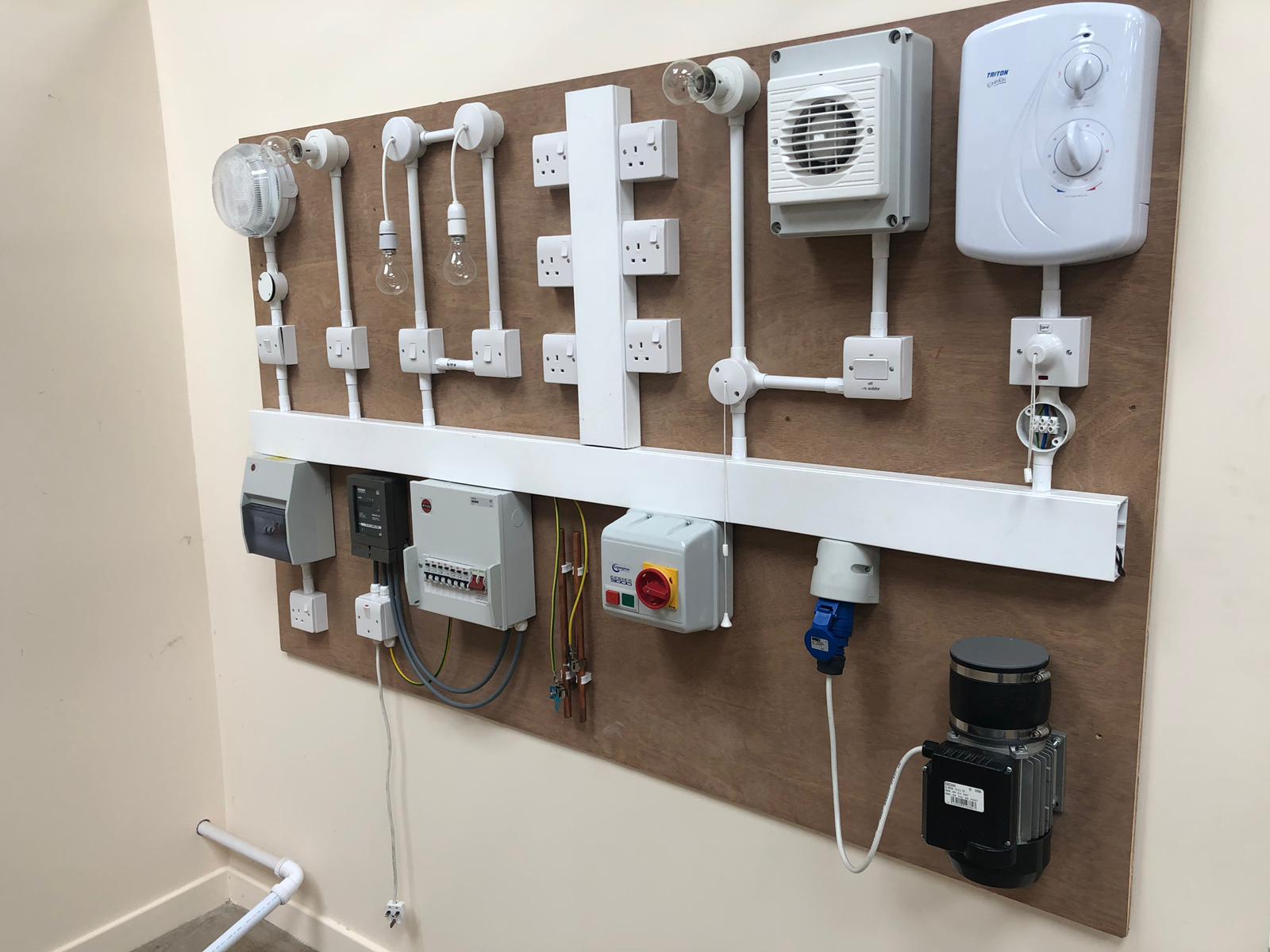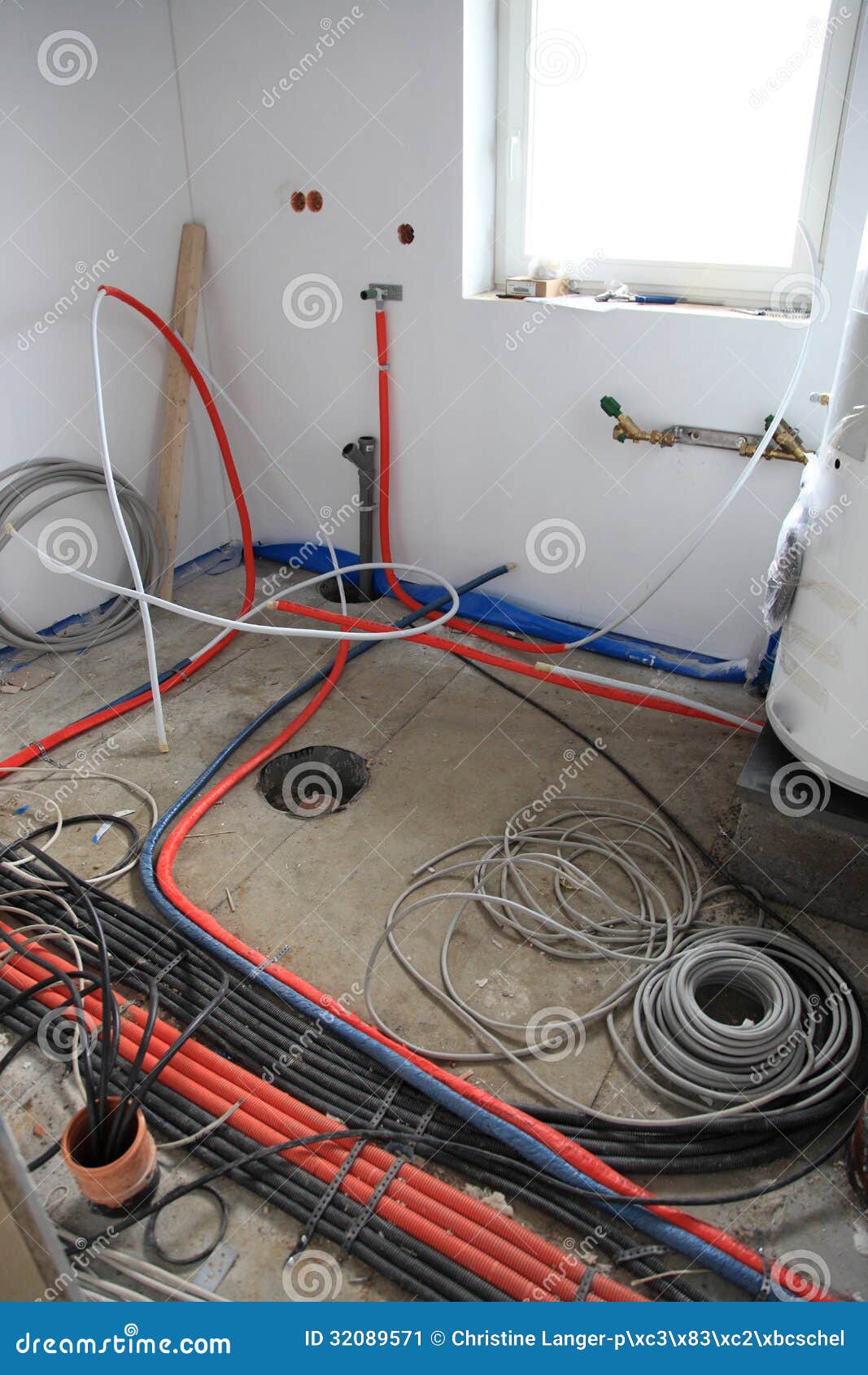The Ultimate Guide to Electrical Setup: Tips and Techniques for a Safe and Efficient Home Wiring System
In the world of home upkeep, couple of aspects are as crucial yet typically overlooked as the electric wiring system. Making certain a safe and reliable home circuitry setup demands not just a standard understanding of electrical concepts however likewise sensible expertise of setup techniques and maintenance procedures. From navigating the ins and outs of cable links to troubleshooting common issues that may develop, this overview aims to outfit homeowners with the crucial ideas and tools required for a safe and secure and energy-efficient electric system. By discovering the nuances of electric precaution and energy-saving practices, this extensive guide will certainly shed light on the intricacies of home electrical wiring, empowering individuals to take charge of their home's electric facilities.
Comprehending Electric Safety And Security Actions
To guarantee the security of both individuals and residential property, understanding and executing appropriate electrical security actions is critical in any kind of home electrical wiring job. It is essential to perform a thorough assessment of the electric system prior to starting any electrical wiring task to identify prospective hazards or concerns that need to be addressed.
In addition, making use of the ideal devices and devices is essential for keeping security throughout electric installments. Protected gloves, voltage testers, and safety eyewear are several of the standard safety and security equipment that should be put on to stop electric shocks or accidents. It is also vital to de-energize circuits prior to working with them and to label all circuits and breakers plainly to avoid confusion.

Important Tools for Home Circuitry
Guaranteeing the proper implementation of electric safety and security steps in home electrical wiring tasks includes making use of a certain collection of crucial tools developed to promote the setup process effectively and safely. Several of the trick tools needed for home circuitry projects consist of a voltage tester for checking online wires, cable pole dancers for removing insulation from wires, a cable cutter for exactly cutting wires to size, a screwdriver established for protecting electric components, electric tape for insulation and protecting links, a wire ripper for removing cable television sheathing, and a multimeter for measuring voltage, existing, and resistance. Additionally, a drill with bits is essential for creating holes for wiring and mounting electric boxes, while fish tapes or poles aid in drawing cords via conduits or walls. It is essential to spend in top quality tools to make sure precision, efficiency, and safety during home electrical wiring tasks. By having the required devices easily offered, property owners can effectively browse the setup process and preserve a secure electrical system within their homes - BRE Services.
Step-by-Step Electric Setup Guide
Beginning an electric installation job calls for careful preparation and adherence to security guidelines. Prior to starting any work, guarantee you have a comprehensive plan detailing the layout of the electric system, including the positioning of electrical outlets, buttons, and components. Take right into account the power requirements of each tool to figure out the appropriate cord gauge and circuit breaker sizes.
The very first step in the installation procedure is to shut off the power supply to the location where you will certainly be functioning. Utilize a voltage tester to verify that the circuits are de-energized prior to touching any kind of cables. Next off, meticulously eliminate existing components or outlets and disconnect the wires.
When mounting brand-new electrical wiring, run cables with walls and ceilings, protecting them in position with ideal installations. Follow local building ordinance my site and supplier directions for proper wire installation and links. BRE Electrical Melbourne. See to it to identify cords for very easy identification and future maintenance

Troubleshooting Common Wiring Issues
Having completed the installation procedure as outlined in the previous subtopic, troubleshooting common electrical wiring problems is a necessary ability for making certain the security and functionality of your electrical system. One common issue is a stumbled circuit breaker, commonly triggered by overloaded circuits or a brief circuit. To repair this, locate the breaker panel, recognize the tripped breaker by trying to find the one not fully in the "on" position, and reset it by turning it totally to "off" and afterwards back to "on." Another widespread problem is a damaged electrical outlet, identified by no power or intermittent power supply. Make sure the electrical outlet is not controlled by a button, then utilize a voltage tester to inspect for power. If there is no power, shut off the circuit, evaluate the circuitry connections for any loose or damaged wires, and change the outlet if essential. Continually flickering lights can suggest loose wiring connections or an overloaded circuit. To address this, check and tighten up all wire connections in the affected fixtures and switches and rearrange the lots on the circuit to balance the electrical demand. Routinely evaluating and without delay resolving these common wiring problems will maintain the security and effectiveness of your home electrical system.
Tips for Energy-Efficient Electrical Systems
For optimum energy efficiency in electric systems, carrying out smart methods and using energy-saving innovations is paramount. One vital idea for accomplishing an energy-efficient electric system is to update to LED lights. Correct insulation and sealing of home windows, doors, and electric outlets can also avoid energy loss, eventually reducing the workload on electrical systems.
Conclusion
In verdict, implementing proper precaution, making use of essential devices, adhering to a detailed installment guide, fixing usual problems, and including energy-efficient ideas are important for a secure and efficient home wiring system. By adhering to these techniques, homeowners can ensure the long life and performance of their electrical installments. It is crucial to focus on security look what i found and efficiency when it involves electrical work in order to avoid prospective dangers and to keep a reliable electric system in the home.